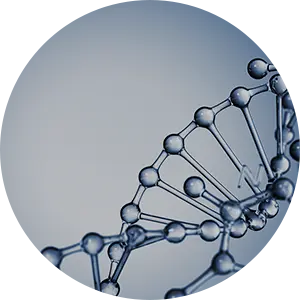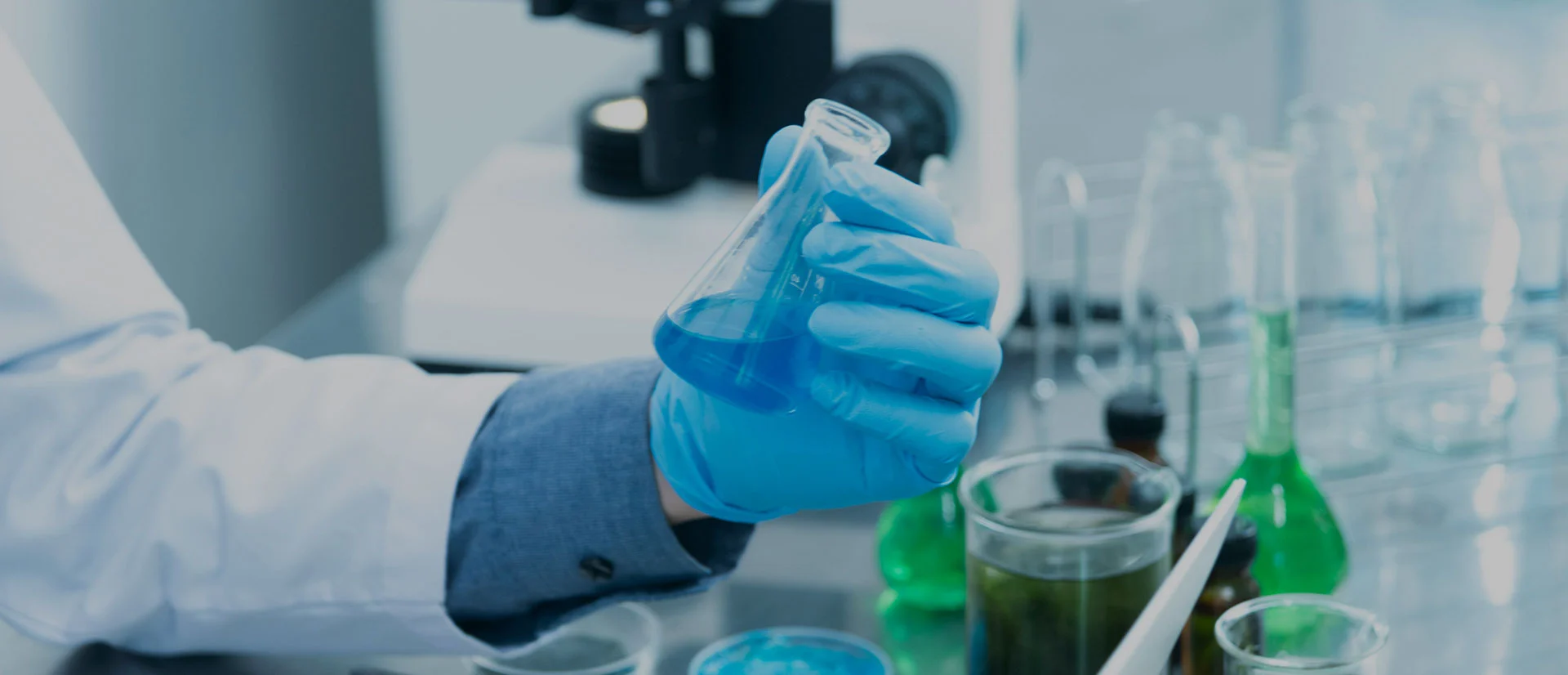
- Lentivirus
- Adeno-Associated
- Adenovirus
- Pseudovirus
- Vector
- Synthesis
- Autophagy Research
- CRISPR/Cas9
- Noncoding RNA
- Luciferase Assay
- Reagents
WHAT ARE YOU LOOKING FOR?
As one of the most proficient genome editing companies, our services encompass a wide range of molecular biology solutions, including multiple plasmid vectors designed to meet diverse research needs. These vectors serve crucial roles in gene expression, protein production, and gene editing. Additionally, we provide customized DNA and RNA synthesis services, ensuring researchers receive high-quality nucleic acids tailored to their specific requirements.

Gene synthesis involves creating custom DNA sequences in the laboratory, offering precise control over sequence composition. This process enables tailored design of genes with specific characteristics, facilitating research into gene function, protein expression, and disease mechanisms. Additionally, synthetic genes play pivotal roles in biotechnology, enabling the engineering of novel enzymes and therapeutic proteins, and in genome editing technologies like CRISPR-Cas9. Gene synthesis thus accelerates scientific progress by providing researchers with versatile tools for studying biology, medicine, and biotechnology.



Plasmid vector construction involves creating circular DNA molecules derived from bacterial plasmids. These vectors carry genetic material into host cells for various purposes such as gene expression, protein production, or gene editing. Plasmid vectors offer simplicity, safety, and ease of manipulation. They can replicate independently within host cells and are commonly used in molecular biology research.
Viral vector construction involves modifying viruses to serve as delivery vehicles for genetic material. These vectors efficiently infect host cells and integrate their genetic cargo into the host genome. Viral vectors are widely used in gene therapy, vaccine development, and gene editing applications due to their high transduction efficiency. However, they may raise concerns regarding immunogenicity and potential safety risks associated with viral infections.
Viral vector construction begins with selecting a suitable viral backbone. This involves choosing a virus that can efficiently infect target cells while minimizing potential harmful effects. Commonly used viruses include adenoviruses, lentiviruses, adeno-associated viruses (AAVs), and retroviruses. Each virus has unique characteristics that influence its suitability for specific applications.
The next step involves inserting the desired genetic material, such as therapeutic genes or reporter genes, into the viral genome. This can be achieved using molecular cloning techniques, where the gene of interest is inserted into specific regions of the viral genome while ensuring the integrity and functionality of both the viral genome and the inserted gene.
To ensure safety and prevent uncontrolled viral replication, viral vector construction in biotechnology often involves modifying the viral genome to disable its ability to replicate. This may include deleting essential viral genes or incorporating mutations that render the virus replication-deficient. These modifications ensure that the viral vector can deliver the genetic payload into host cells without causing viral spread or pathogenicity.

Contact Hanbio and leave your requirements. We will reply as soon as possible.